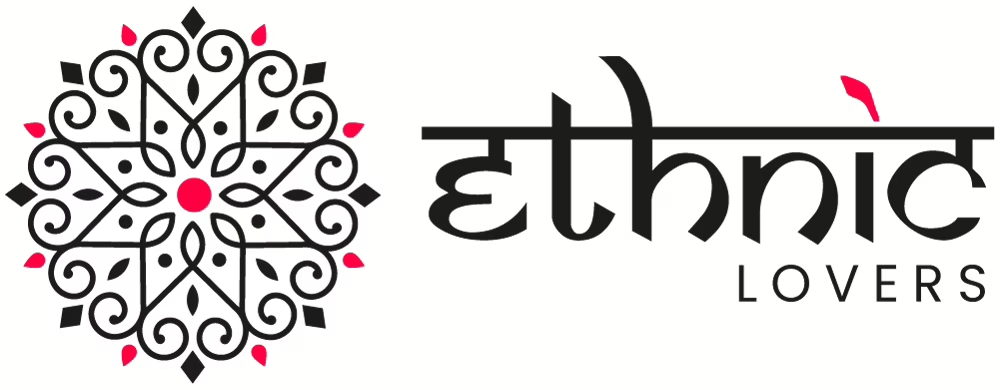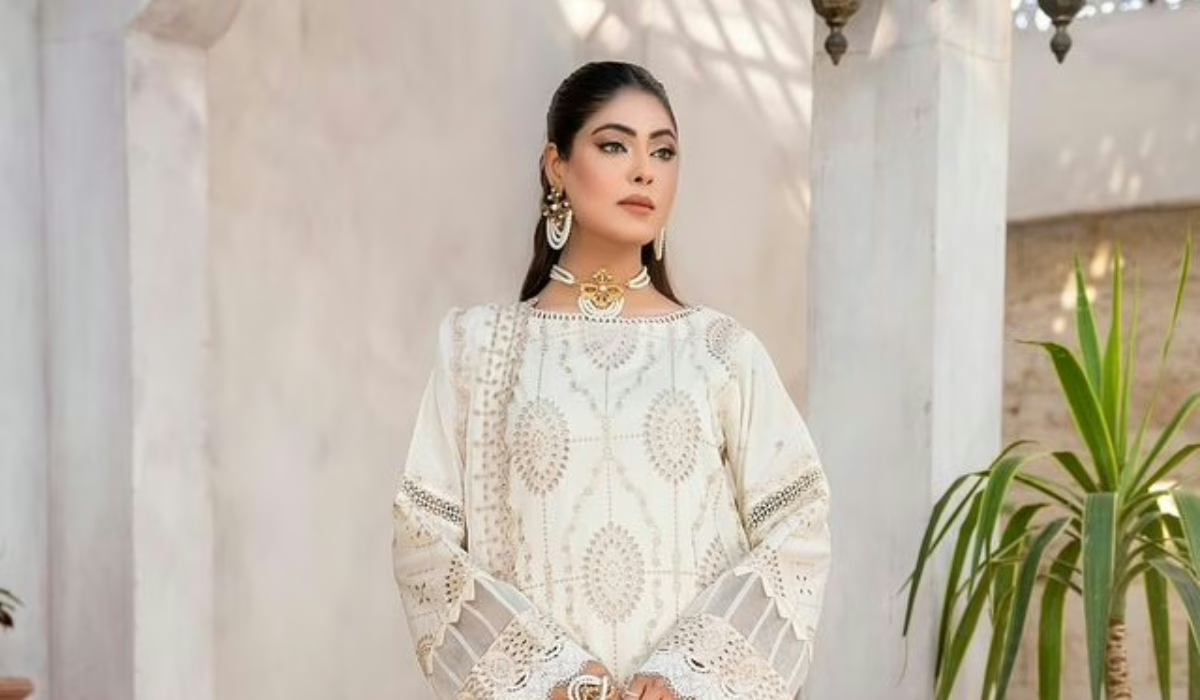Mughal Origins: A Royal Legacy
Chikankari is believed to have been introduced to the world in the 16th century by Empress Noor Jahan, the wife of the Mughal Emperor Jahangir.
Chikankari embroidery traces its roots back to the Mughal era, with popular folklore crediting Empress Noor Jahan, the wife of Emperor Jahangir, for introducing this fine artistry to India in the 16th century. A lover of fine craftsmanship, Noor Jahan was said to be deeply involved in the designs and techniques of Chikankari, bringing Persian influences into Indian textiles.
Historically, Chikankari was practiced using white-on-white embroidery, called Tepchi, on muslin fabric, giving it an ethereal, delicate appeal. It wasn’t just about decoration; it was a symbol of elegance, refinement, and sheer sophistication. Over time, artisans expanded their designs, incorporating floral patterns inspired by Mughal gardens, intertwining vines, and geometric motifs.
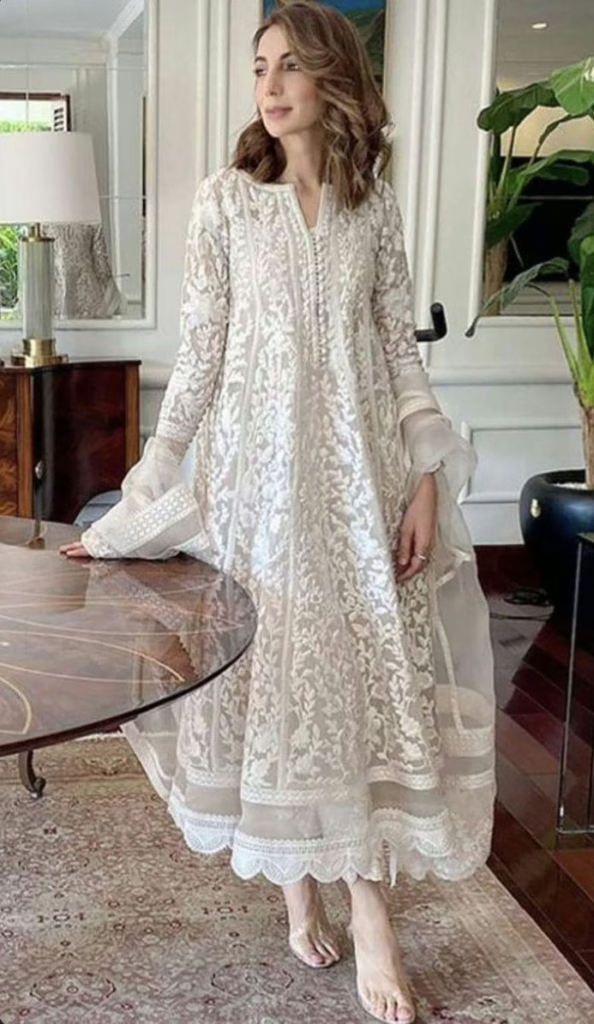
Evolution Through the Ages
While initially reserved for royal and noble attire, Chikankari slowly found its way into everyday clothing. The craft flourished under the patronage of the Nawabs of Awadh, who recognized the skill of the artisans and helped sustain the art form. But like many traditional crafts, it faced challenges, particularly during British rule, when machine-made fabrics took precedence, threatening the livelihoods of artisans.
However, the resilience of the Chikankari community ensured its survival. Post-independence, designers and weavers revived this lost art by adapting it to contemporary styles. From being a symbol of aristocracy, Chikankari transformed into an accessible, versatile art form, finding a place in casual wear, office attire, and even bridal couture.
The Modern-Day Chikankari Renaissance
Today, Chikankari embroidery isn’t just limited to the traditional white-on-white aesthetic. It has embraced a variety of fabrics, including georgette, chiffon, and silk, and is now available in vibrant colors. The once-muted designs now feature embellishments like mukaish, gotta patti, and sequins, making Chikankari sarees and salwars an essential part of every fashion-conscious woman’s wardrobe.
Fashion designers like Abu Jani-Sandeep Khosla, Manish Malhotra, and Sabyasachi have incorporated Chikankari into high fashion, giving it global recognition. Celebrities and influencers proudly flaunt their Chikankari ensembles, proving that this ancient craft is timeless.
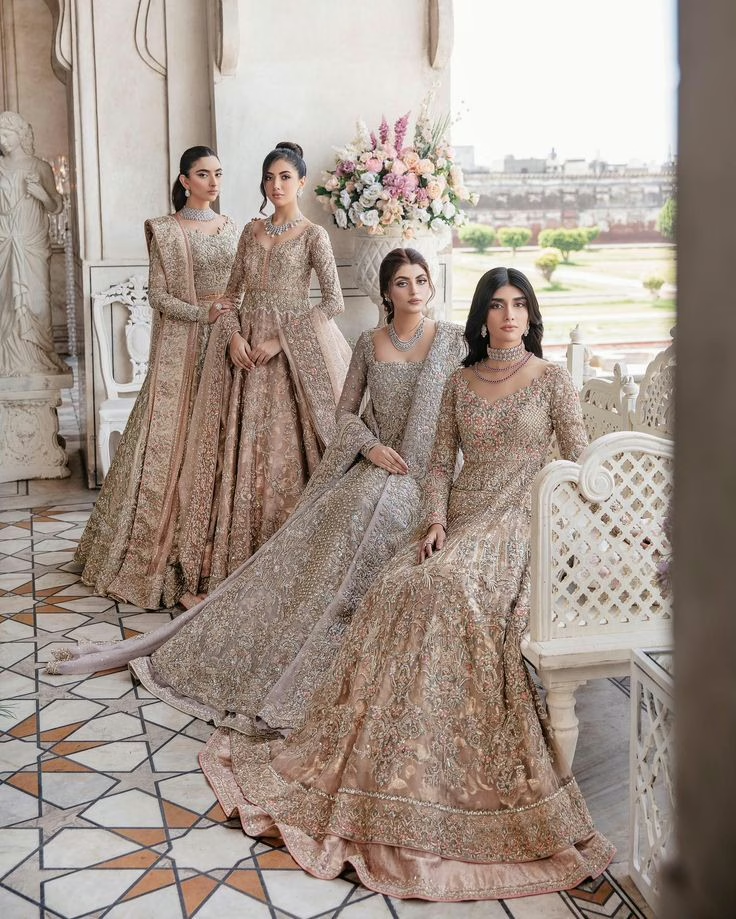
The Artisans: The True Custodians of Chikankari
Despite its growing popularity, the real heroes of Chikankari remain the artisans, many of whom are women working from home in small villages around Lucknow. Their painstaking efforts, often taking weeks or even months to complete a single piece, keep this legacy alive. By supporting handcrafted Chikankari, we not only embrace a piece of history but also empower these artisans, ensuring their skills are passed down to future generations.
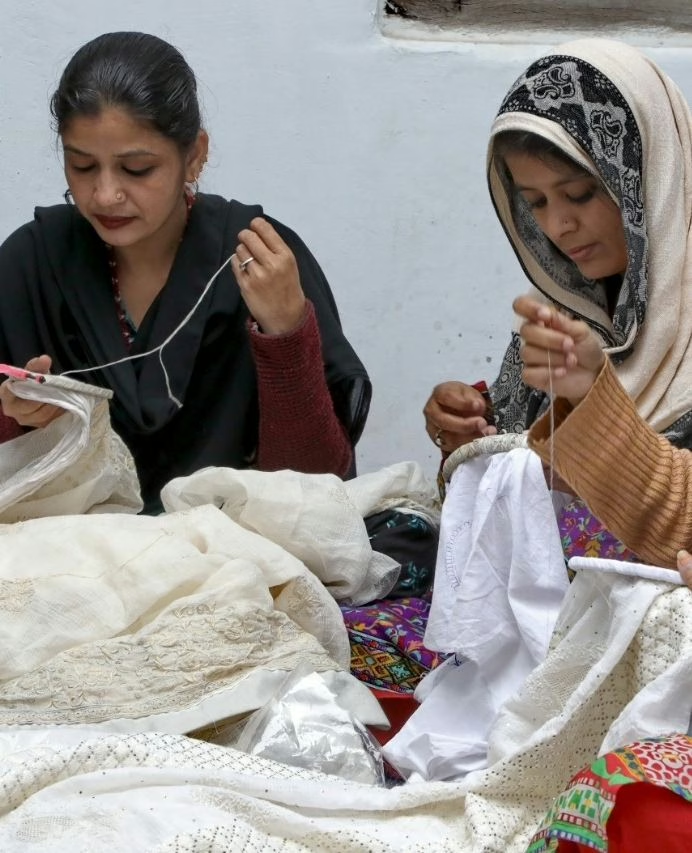
Why Chikankari Is a Must-Have in Your Wardrobe
A Chikankari salwar or saree is more than just an outfit—it’s a statement. Whether you prefer the subtle elegance of a hand-embroidered cotton kurta for work or a stunning Chikankari saree for a festive occasion, this art form brings grace, sophistication, and a touch of heritage to your look.
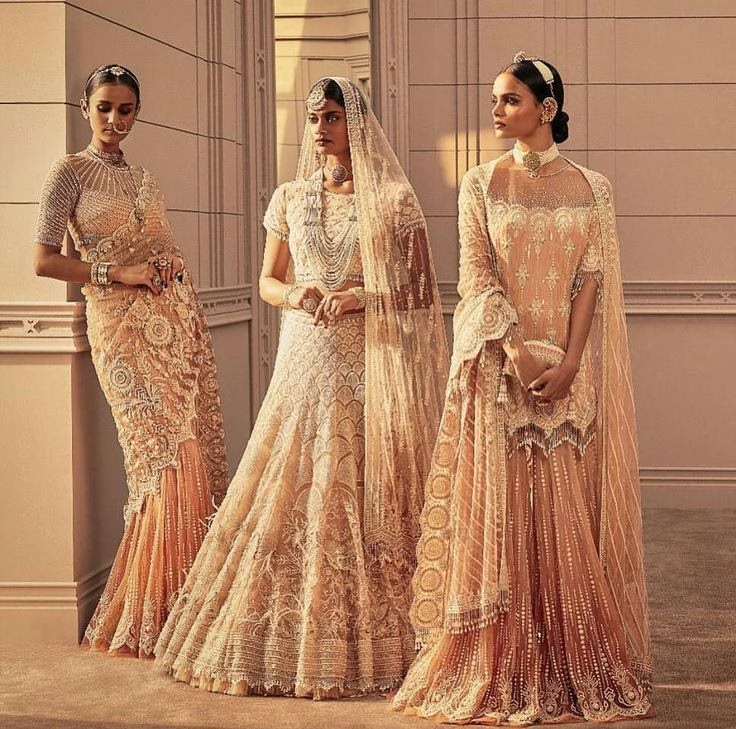
So, the next time you choose a Chikankari saree or a beautifully embroidered salwar, remember that you are not just wearing an outfit—you are carrying forward an artistic legacy that has been cherished for centuries. Every stitch tells a story, and every motif is a tribute to the hands that crafted it with love and skill.
